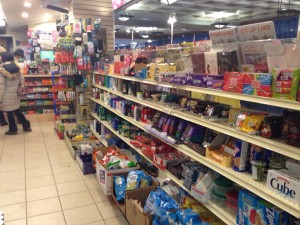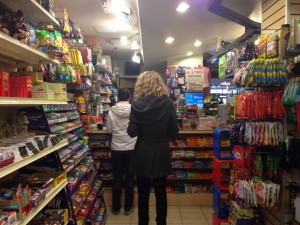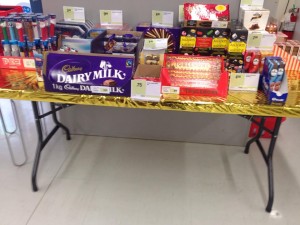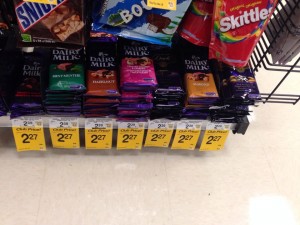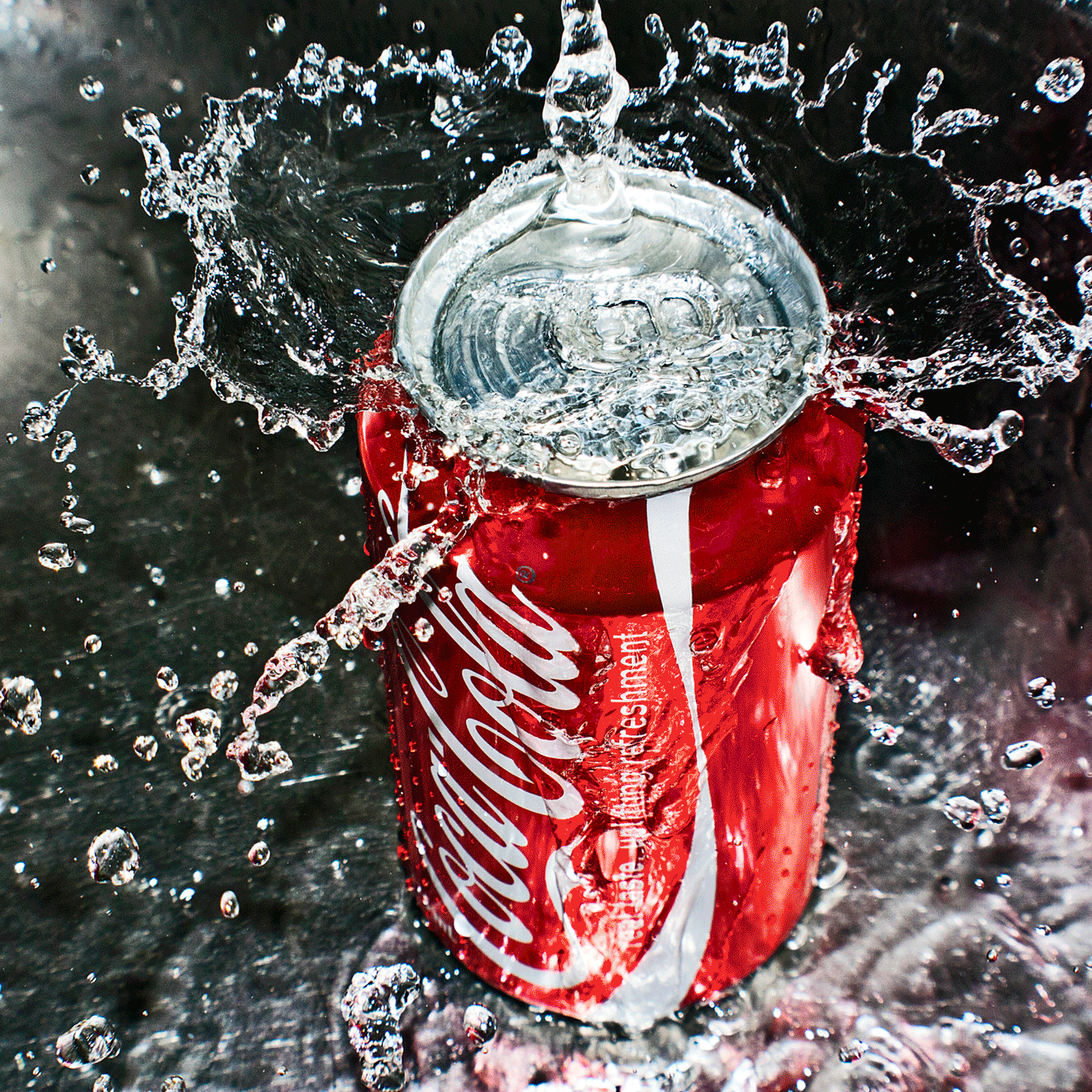
When reflecting on assignment #3, I realized that my group could have taken a different approach when completing our project. First of all, I wish that we would have started working earlier on Part A. Although my group and I worked very hard on this portion of the assignment, we stayed up countless hours to do so. We were conversing on Facebook until 3am trying to make our Part A as intriguing as possible. If I could go back, I would have tried to step up to the plate and lead the group by organizing our time better.
This was a lesson learned for part B. We began much earlier in order to avoid late night consultations, however, despite the early start, we still ended up working like zombies until the wee hours of the night. Something was STILL wrong. What I now realize, is that instead of meeting online, we needed to make more effort to meet in person. One of the main issues was that with six busy individuals, it was very difficult to find times that worked for everyone. Someone was always working, or volunteering, or going to a help session, and so we found it increasingly difficult to meet face-to-face. Thus, we made the best of our busy schedules, and decided to communicate online.
Finally, for the third and last part of the project, we hit the ball out of the park! We realized that communication is key, and face-to-face communication is much better than online chatting, so we met physically. We talked about how frustrating Part A and B were, and decided that in order to be effective we would have to be extra compromising and flexible with our time. We managed to work more effectively when we were all present and pitching in ideas, as no one had to guess what the others would’ve wanted (in the circumstance that someone wasn’t present). Healthy disagreement occured, which paved the way for higher quality teamwork and an exceptional final project.

Overall, I enjoyed the project, and learned some valuable lessons:
1.Start early, do not leave important projects to the last minute
2. Communication is KEY, so meet in person.
3.I need to practice my video editing
Sources:
http://saphophotographics.deviantart.com/gallery/26560968

